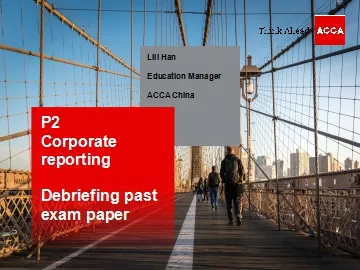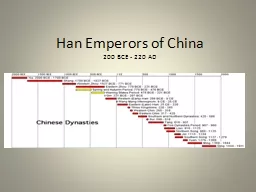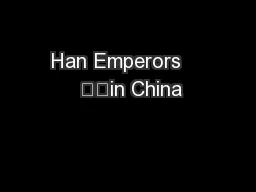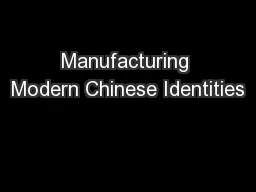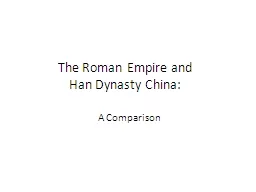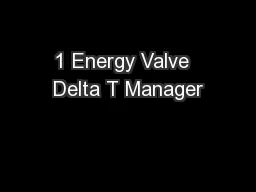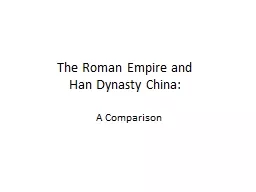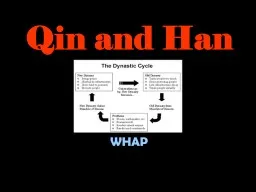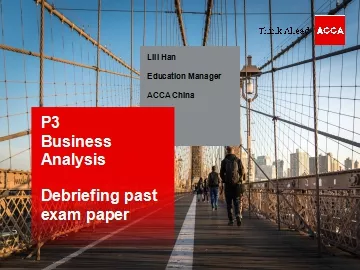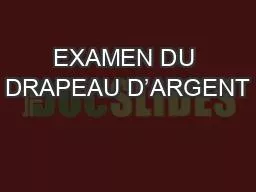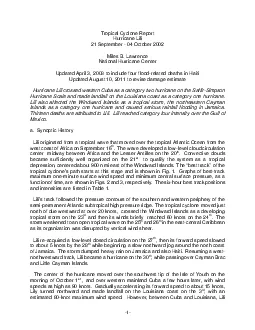PPT-Lili Han Education Manager
Author : kittie-lecroy | Published Date : 2020-04-05
ACCA China P2 Corporate reporting Debriefing past exam paper Content Exam format Past exam papers Learning support resources Exam format Exam A Question 1 Compulsory
Presentation Embed Code
Download Presentation
Download Presentation The PPT/PDF document " Lili Han Education Manager" is the property of its rightful owner. Permission is granted to download and print the materials on this website for personal, non-commercial use only, and to display it on your personal computer provided you do not modify the materials and that you retain all copyright notices contained in the materials. By downloading content from our website, you accept the terms of this agreement.
Lili Han Education Manager: Transcript
Download Rules Of Document
" Lili Han Education Manager"The content belongs to its owner. You may download and print it for personal use, without modification, and keep all copyright notices. By downloading, you agree to these terms.
Related Documents

